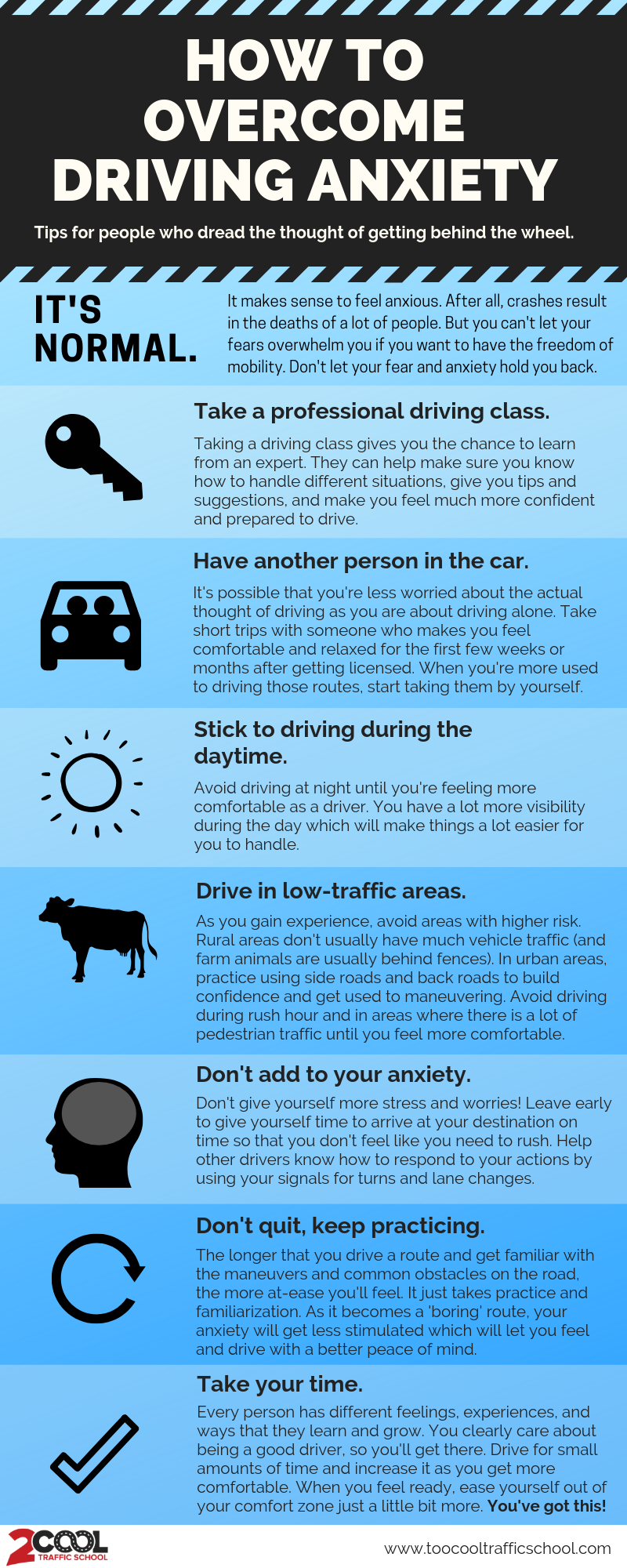17 Key Signs It’s Time for Baby Boomers to Hang Up Their Car Keys

1. **Getting Lost**: Even the most familiar routes can pose challenges for older drivers. If a loved one frequently loses their way, even in their own neighborhood, it may signal a decline in navigational skills, indicating it’s time to consider alternative transportation.

2. **Ignoring Traffic Signals**: Failing to respond to red lights or stop signs is a clear red flag. This behavior highlights a potential deterioration in judgment and awareness, which can have severe consequences on the road.

3. **Increased Irritability**: Becoming easily frustrated or angry with other drivers can signify a loss of patience and control. This emotional change can lead to dangerous driving behaviors, as anger may cloud judgment and increase risk-taking.

4. **Forgetting Basic Driving Protocols**: Failing to use mirrors, turn signals, or check blind spots before changing lanes shows a disregard for important safety practices. This forgetfulness can stem from cognitive decline, making it more critical to discuss driving concerns.

5. **Difficulty Judging Distances**: Trouble with depth perception can be a common issue for aging drivers, making it hard to gauge the distance to other vehicles or objects. This impairment can lead to dangerous situations, especially in heavy traffic.

6. **Frequent Accidents or Near Misses**: If an older driver has been involved in multiple accidents or has had close calls, it’s an urgent sign that safety may be compromised. It’s essential to evaluate their driving ability and consider alternative transportation.

7. **Changes in Health**: Physical health issues—such as deteriorating vision, hearing loss, or muscle weakness—can significantly impact driving ability. Regular medical reviews can help assess whether the individual is still capable of driving safely.

8. **Medications Affecting Driving Ability**: Many older adults take medications that can impair their driving skills, leading to drowsiness, lightheadedness, or reduced alertness. Regular consultations with a healthcare provider can help manage these issues effectively.

9. **Cognitive Decline**: Signs of dementia or other cognitive impairments can severely affect driving capabilities. Recognizing changes in memory or the ability to make sound decisions is essential for ensuring road safety.

10. **Feeling Unsafe Driving**: If an older driver expresses doubts about their ability to drive or feels unsafe behind the wheel, this self-awareness is a significant indicator that it’s time to assess their driving situation.

11. **Witnessed Unsafe Incidents**: If friends or family members have observed unsafe behaviors while driving, it’s important to take these concerns seriously. They may provide a different perspective that can lead to necessary discussions about driving.

12. **Increased Dependence on Others**: If the older driver is relying on others to get around, it’s often a sign that they may not be confident in their driving abilities. This change should prompt a conversation about transitioning from driving to alternative modes of transport.

13. **Too Much GPS**: Over-reliance on GPS systems can indicate that one might not be as confident in their navigational skills. While technology is there to assist us, being too dependent on it could reflect an underlying issue with navigational capabilities. If you find yourself constantly checking the GPS instead of recalling directions, consider discussing with loved ones how to transition to safer travel methods.

14. **Feeling Anxious While Driving**: If the thought of getting behind the wheel brings on feelings of anxiety or panic, this isn’t just a minor concern—it’s a significant indication that driving may not be safe anymore. Feeling uneasy can lead to erratic driving behaviors or poor decision-making. It’s essential to have open conversations with family supports about switching to alternative transportation.

15. **Reluctance to Drive at Night**: Many older adults start to avoid driving after dark due to reduced visibility and increased difficulty in judging distances. If someone you care for hesitates or refuses to drive at night, it could be an indication that their driving capabilities are diminishing. Such a reluctance should be taken seriously and prompt discussions about transitioning to day-time transportation only.

16. **Unexplained Car Damage**: Unexplained scrapes, dents, or other damages on a vehicle can signify that an older driver may be having trouble with their spatial awareness. If these signs appear, it’s essential to ask questions and gently discuss driving safety, as this could signify the need for alternative transportation options.

17. **Avoiding High Traffic Areas**: If an older driver starts avoiding busy areas or highways out of fear or discomfort, this can indicate that they no longer feel safe or confident on the road. This sudden change in driving behavior should not be overlooked. It’s crucial to discuss the implications of this avoidance and explore alternative modes of transportation.

Recognizing the signs that suggest it may be time for an older adult to stop driving can be challenging. Balancing the need for safety with the desire for independence can be a sensitive issue. However, having open, compassionate dialogues about these signs can lead to positive outcomes, ensuring that both safety and quality of life are maintained. Alternatives to driving can offer not just safety but also a way to continue enjoying life’s adventures without the stress of being behind the wheel. Remember, transitioning from driving doesn’t mean losing independence. With support and the right resources, older adults can find new ways to travel that keep them connected to their communities, friends, and family, making sure they can maintain their quality of life while remaining safe.
Related posts:
Warning signs that it’s time for a senior driver to turn in the keys
18 Signs It’s Time for Boomers to Retire from the Road
Elderly Drivers: Knowing When to Stop Driving
Discover more from Auto Travel World
Subscribe to get the latest posts sent to your email.












